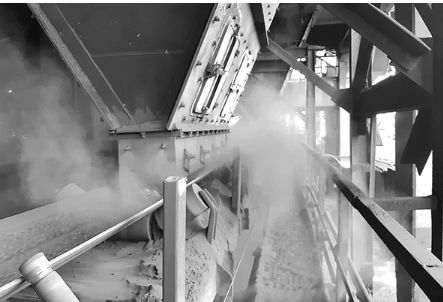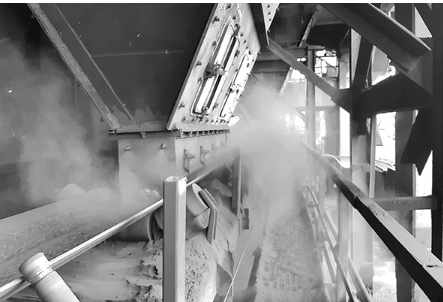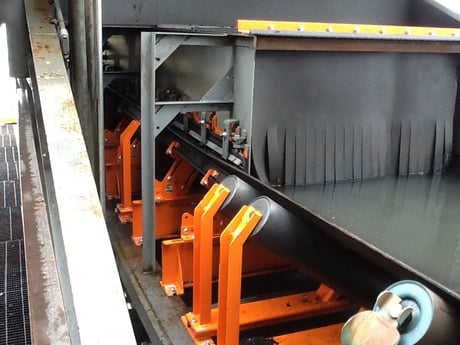By Kari Kipp on Jan 13, 2023 10:09:52 AM
My 3-year-old was recently diagnosed with asthma. Being an asthmatic myself, this is not new territory but it has been a bit of a change to my cleaning habits around home. The most dreaded chore on my weekly to-do list is dusting. I HATE it. But, dust is one of the allergens that trigger my daughter's asthma, so I need to have control over the situation. And, so do you!
 Root causes of dust in my house
Root causes of dust in my house
- Pets (2 naughty dogs)
- Carpet/Rugs
- Upholstered furniture
Proactive Steps I Take
While I am not willing to get rid of my pets (most days), I can keep them groomed and brushed to keep the dust/dander they produce to a minimum (like properly maintaining conveyors to reduce the amount of dust they expel). We've updated our house, getting rid of the carpet in the main living spaces. We do still have some area rugs (I can't part with the dogs or the rugs), but we have definitely made improvements on the allergy front. Have you purchased an area rug recently? 💲💲💲 I stumbled upon a life-changing product that helps with our allergies - Ruggable (look it up, game changer, worth every penny). I don't have to spend as much time vacuuming and cleaning rugs to properly keep the dust under control. I would also LOVE to purchase new leather furniture to cut down on the dust but with a 3-year-old, I think we will keep that upholstered, worn-out furniture until she's a bit older and a lot less messy. Vacuuming and cleaning the furniture is also on the weekly chore list to keep dust at bay.
Whew, keeping dust controlled is a lot of work at home, but it's manageable. It's also manageable to control dust in your operations as well.
Root causes of dust on a job site:
- Influx of air as the transfer point loads with material
- Material degradation increases small fines
- Poor transfer point design for current production expectations
- Inadequate time for material and dust to settle in the load zone
Best Practices For Controlling Dust In Your Operation
- Supporting the belt the entire length of the chutewall so it doesn't sag away from skirting
- Installing skirting to seal the air
- Protecting the rubber skirting with an abrasive-resistant steel wearliner
- Slowing the air velocity to under 200 FPM with a dust curtain
- Utilizing suppression and collection only after containment has been achieved
Dust should be controlled at its source of creation. One measure I've taken at home is investing in air purifiers. While it has made for better air quality, it doesn't eliminate dust at the source. Even with all of the measures I have in place, I still have to intervene to keep my daughter healthy which means cleaning and dusting frequently. Most operations don't fully understand what underlying issues are causing their dust issues, this makes them difficult to solve. A lot of focus is usually directed at dust suppression and collection which can help. But, the first line of defense should be reducing the dust altogether.

At home, I clean and make sure the root causes of dust are under control before I lean on the air purifier to do its job. While I would love to be able to cure my daughter's asthma, I can't. So, helping her breathe cleaner air and keeping her safe from what could trigger an asthma attack by controlling dust in my house is a top priority. Safer, cleaner working environments for employees by investing in dust mitigation efforts should be a top priority!
Check out our on-demand Dust Mitigation Webinar focused on why fugitive dust should be controlled, methods to control passive and active dust, and well as how to justify improvements to your facility.
The next time you see a layer of dust at home, remember that if you stay on top of dust control...it won't be as big of a job to tackle. You don't have to live with dust and its consequences - at home or at work.




/topic-image-gallery_new-dims_dust.png?width=500&height=281&name=topic-image-gallery_new-dims_dust.png)


comments